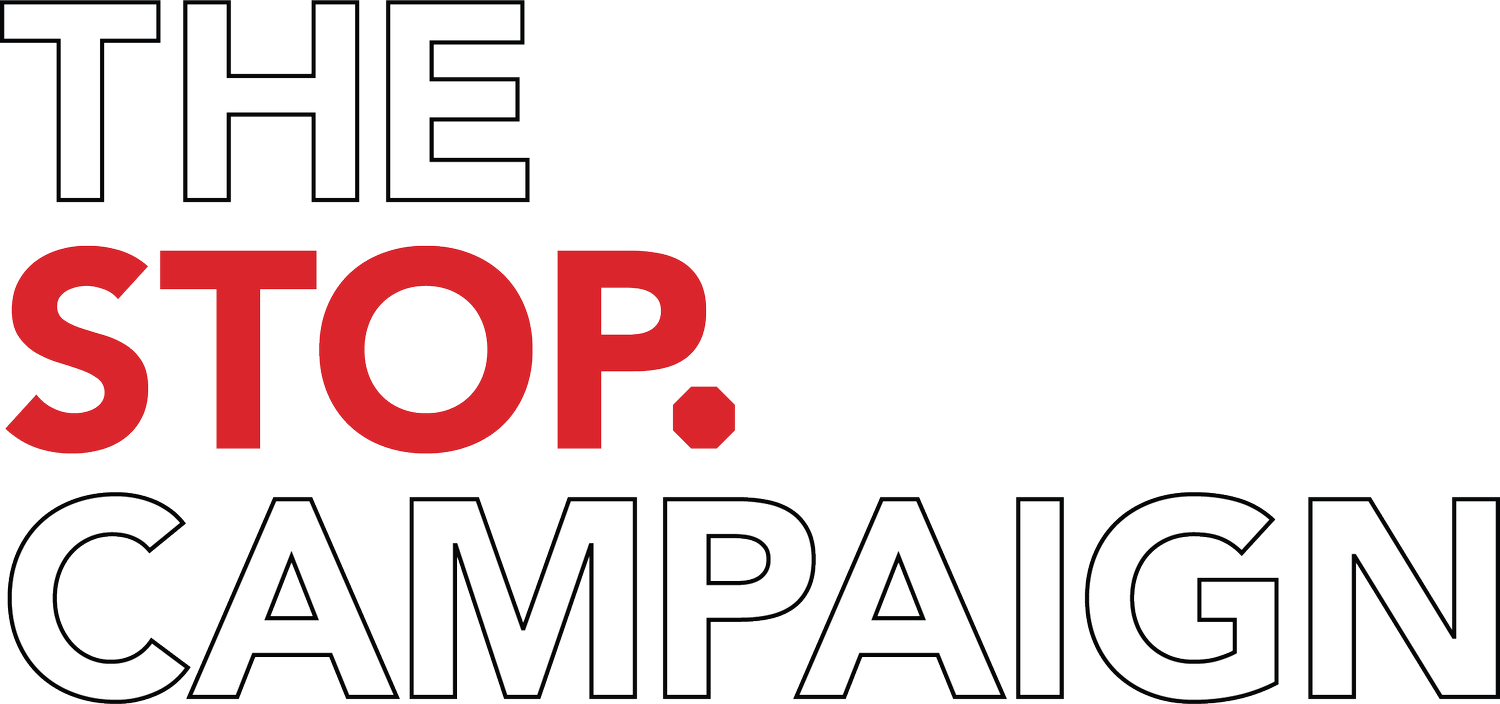Sexual Assault in the LGBTQ+ Community

CW: Mentions of sexual violence, homophobia, biphobia, transphobia and institutional betrayal.
Gay and bisexual women are more likely to experience sexual assault than heterosexual women. 37 per cent of bisexual men have experienced sexual assault, compared with 29 per cent of heterosexual men. Nearly half of the transgender population are sexually assaulted at least once in their lifetime.
These are sobering statistics. What’s more, they did not come out of the blue.
Sexual violence is a pervasive and rampant problem in most areas of the world and in most communities. But in raising awareness of this issue in the LGBTQ+ community, there is something we must take into consideration: the stigma is worse for us.
Even in 2019, queer* identities are hypersexualised. Some people outside of the community still perceive same-sex couples as dirty and unnatural. In the media, gay men are frequently portrayed as sex-obsessed, animalistic beings and sometimes, even as paedophiles. And then, there is the damaging and often false idea that all bisexual and pansexual individuals are greedy and promiscuous, prone to cheating and yearning to sleep with whomever they walk past in the street.
This is why sexual assault is a taboo topic of discussion in the queer* community, even more so than in society at large. These prejudices and stereotypes all contribute to the idea that LGBTQ+ people are ‘asking’ to be sexually assaulted and subsequently. But not only are we less likely to discuss our experiences and seek help; we are more likely to be victims in the first place. So-called ‘corrective rape’ is a sinister and vilifying practice to which much of the asexual community are subject. The intense homophobia, biphobia and transphobia that still exist in some corners of society place LGBTQ+ people at high risk of hate-based violence, which sometimes manifests itself sexually.
For the queer* community, discussions of sexual assault come with an enormous amount of internalisation and shame. When our sexual and romantic identities do not conform to what society deems ‘acceptable,’ it is all too easy for us to blame each other – and ourselves – for our suffering. In order to eliminate sexual assault in our community, it is not enough to rewire how we think about gender roles; we must also rewire how we think about non-normative sexual, romantic and gender identities.
It is true that LGBTQ+ people are enjoying a progression towards legal equality. Since 2017, the Australian government has furthered our legitimacy by legalising marriage for same-gender couples. Unfortunately, equality in the eyes of the law is not the same as equality in the eyes of ordinary people. Many people continue hold deep and unconscious biases towards LGBTQ+ couples, individuals and sex.
The education system does not effectively teach young students about queer* issues in sex and relationships. My high school teachers tended to use narratives of gay sex leading to AIDS. I don’t remember learning about the sex and romantic lives of transgender and non-binary individuals at all. Some LGBTQ+ people are also denied access to legal and psychological services, undermining the legitimacy that we thought legal equality would bring.
Legislation that recognises LGBTQ+ people as equal to our heterosexual and cisgender counterparts may help us to break down the barriers between us and to realise that we are not that different from one another. However, it is more important to represent us in a light which is not hypersexual or promiscuous. Our right to safety and respect is no less valid than that of anyone else and we also deserve protection and help when necessary.
Society is on a journey towards equality and it is a relief to see this happening. But this journey has still only just begun and there is so much work to do for us to have a chance of reaching the end.
- Phoebe Lupton
